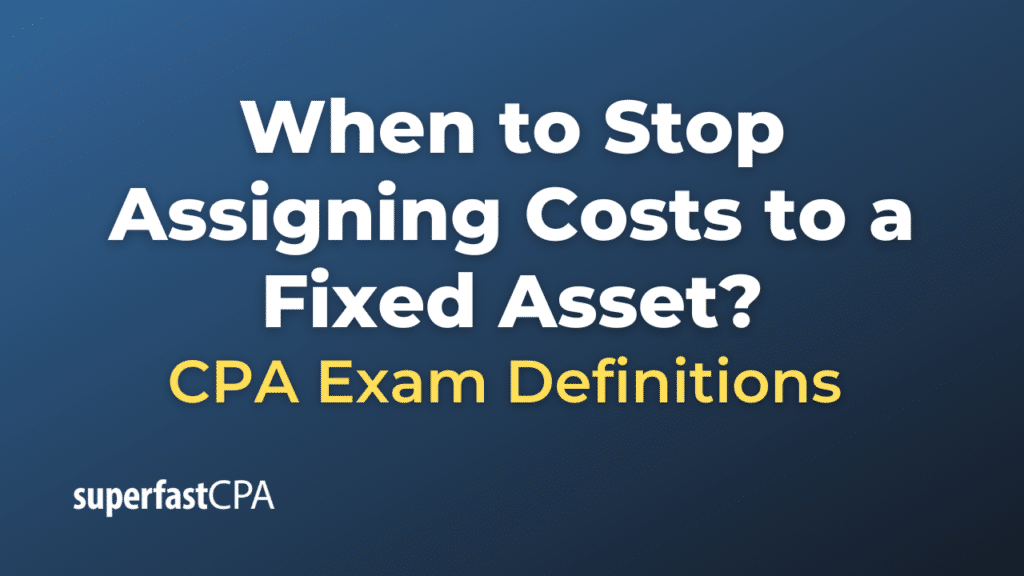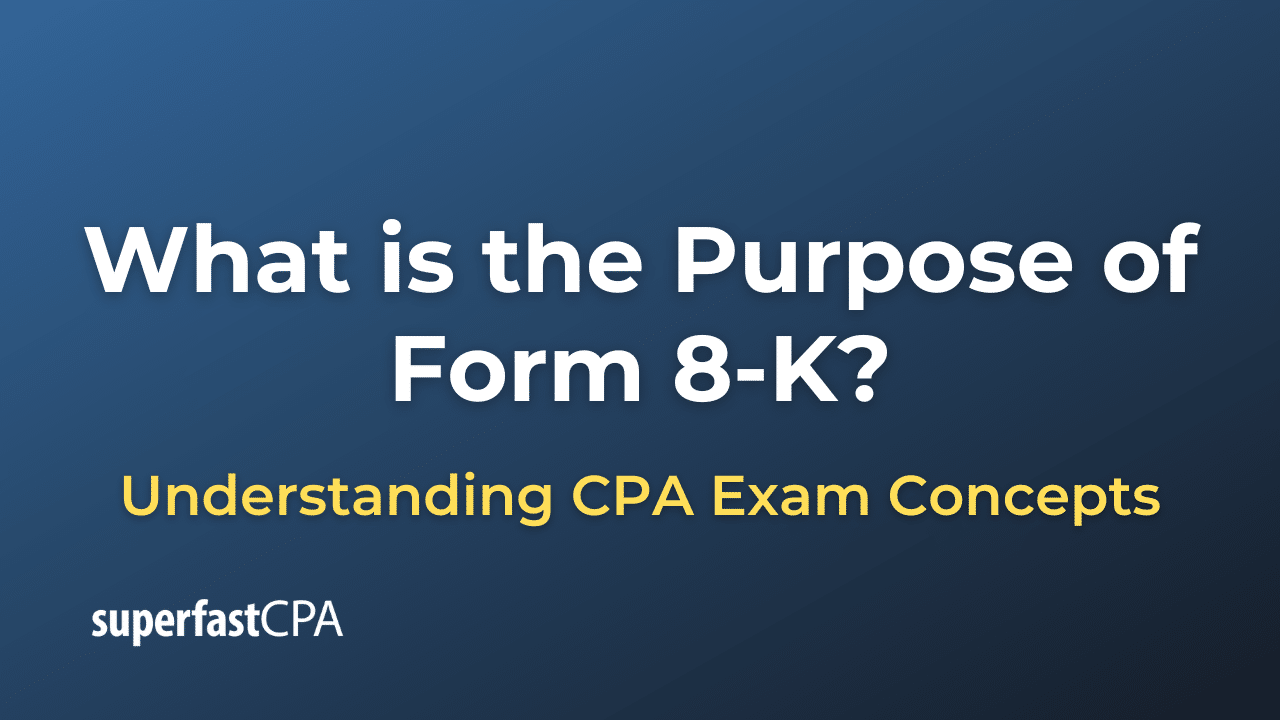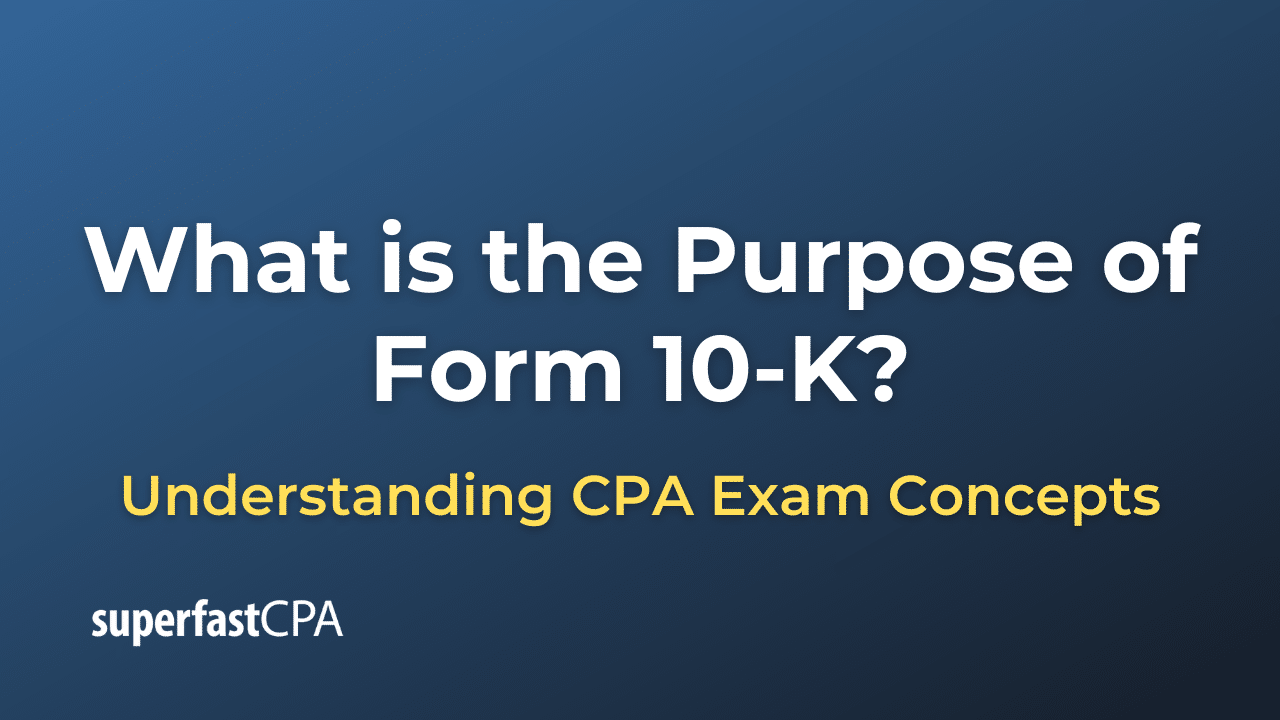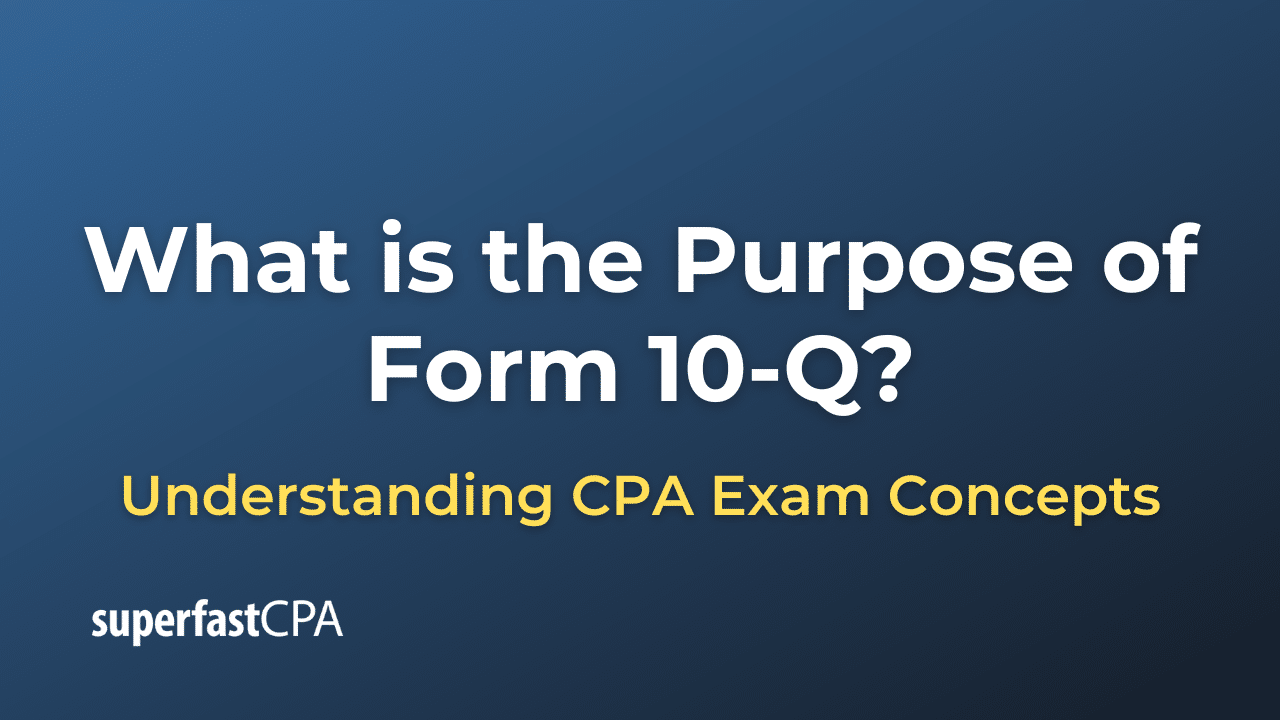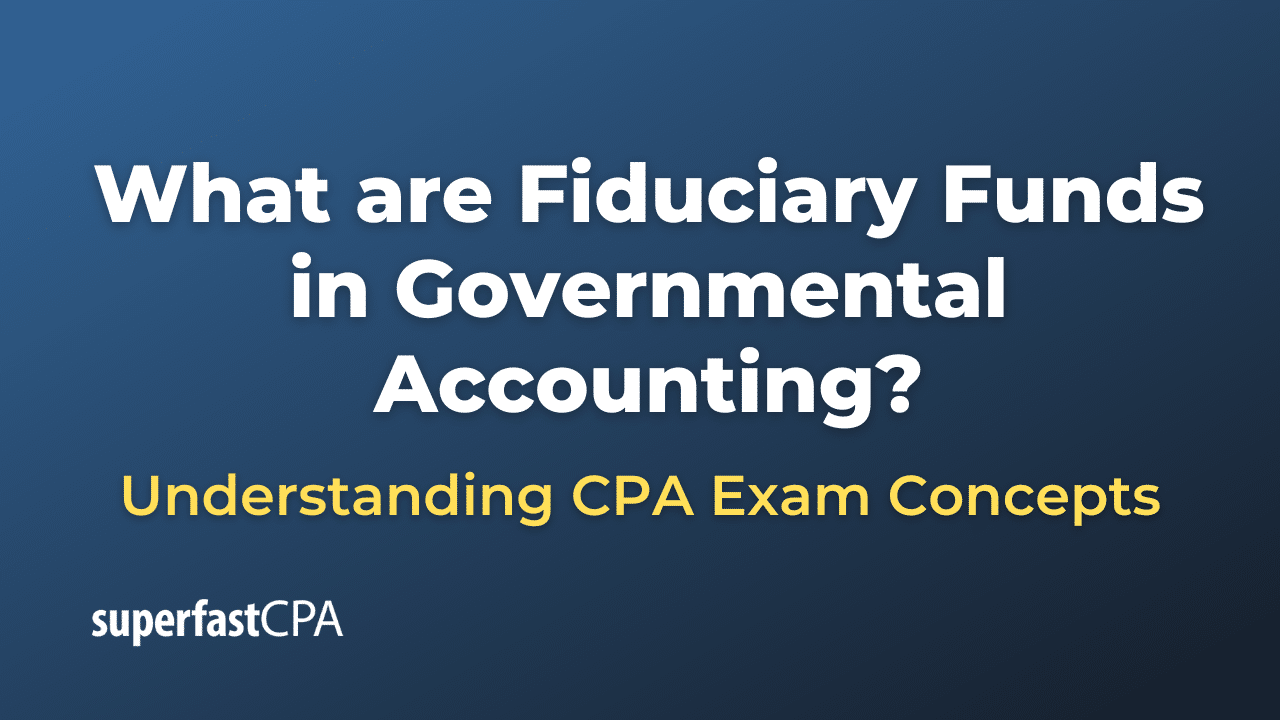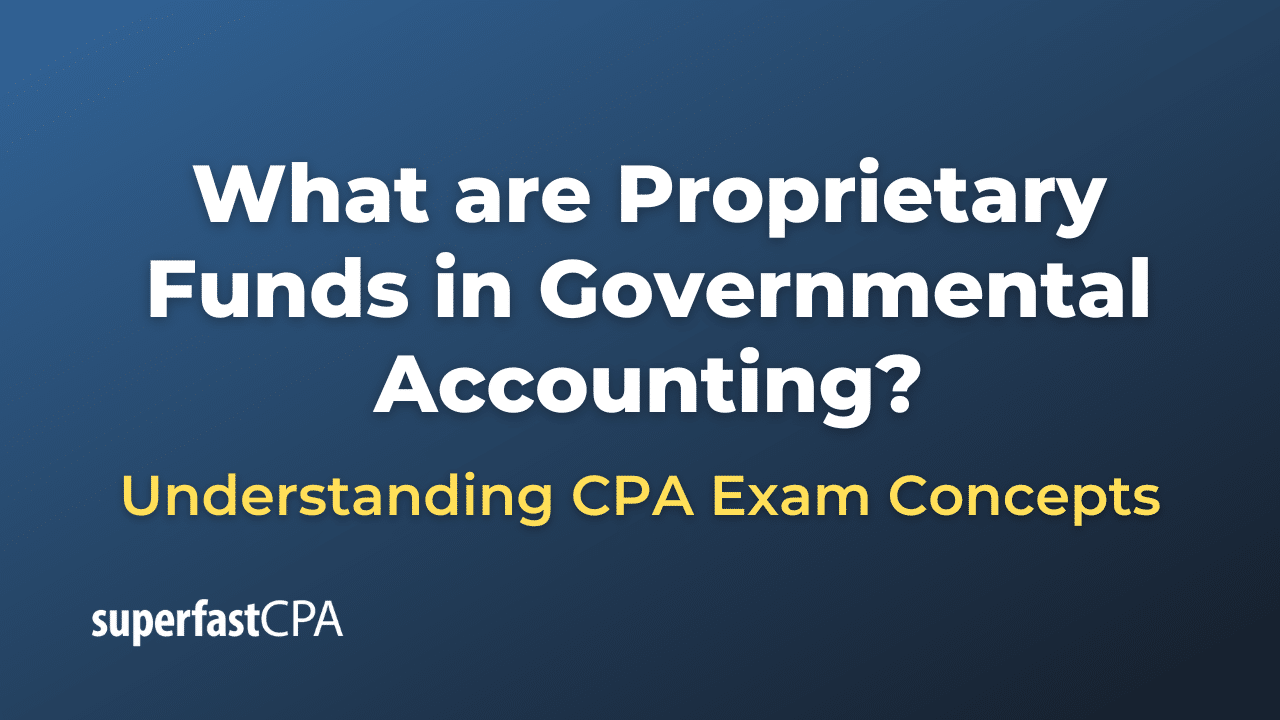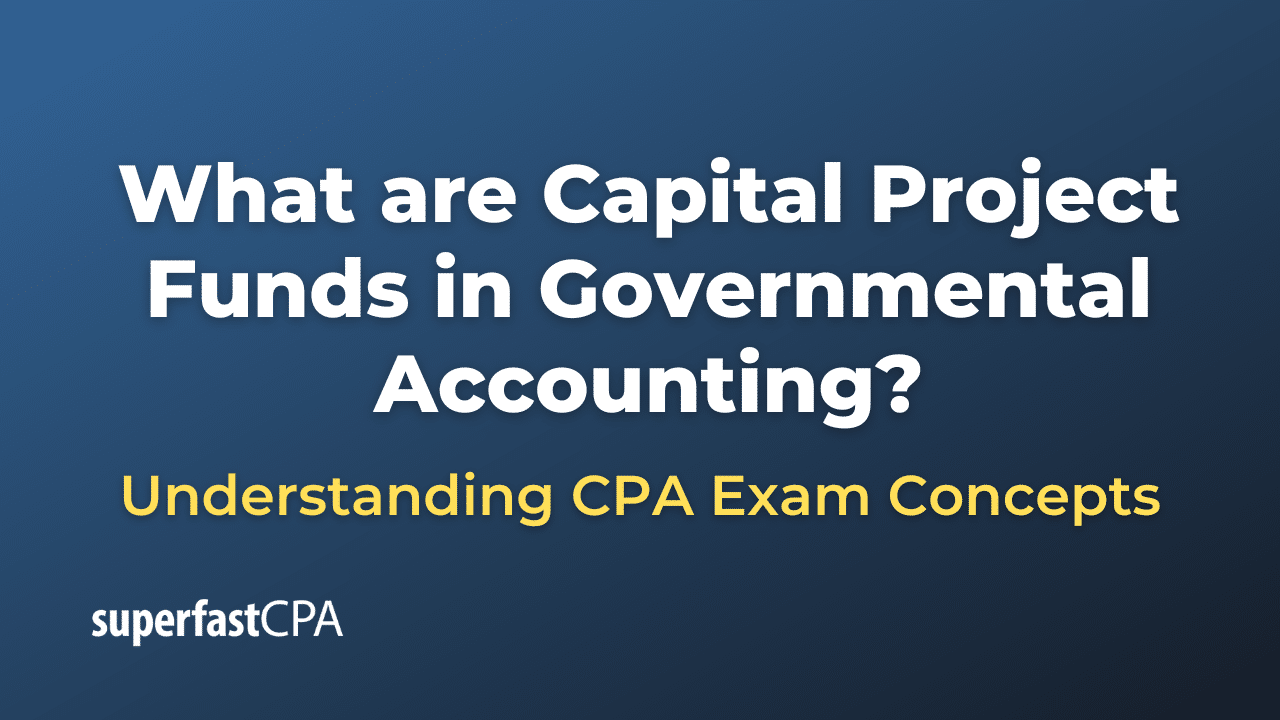When to Stop Assigning Costs to a Fixed Asset
The assignment of costs to a fixed asset is generally halted once the asset is in the condition and location necessary for it to be capable of operating in the manner intended by management. This concept is part of what’s known as the “capitalization” of costs, which involves recording costs as assets rather than expenses, so that they can be gradually expensed through depreciation over the useful life of the asset.
Here are some guidelines on when to stop assigning costs to a fixed asset:
Criteria for Ceasing Capitalization:
- Operational Use: Stop capitalizing costs when the asset is ready for its intended use. For example, for a piece of machinery, this would be when it has been tested and is operational.
- Completion of Physical Construction: If the asset involves physical construction (like a building), capitalization generally ceases when construction is complete and the asset is ready for use.
- Location: Costs should be capitalized only until the asset is moved to the location where it will be used. Costs incurred for relocating the asset after this point are generally not capitalized.
- Testing Phase: Costs incurred during the testing phase should only be capitalized if they are directly attributable to bringing the asset to its working condition.
- Overhead Costs: General overhead costs are typically not capitalized. Only costs directly attributable to bringing the asset to its working condition should be capitalized.
- Interest Costs: Interest can be capitalized during the construction period for certain assets. However, once construction is complete, any further interest expense is typically recognized immediately in the income statement.
- Repairs and Maintenance: Regular repair and maintenance costs are usually expensed as incurred and are not capitalized. Only substantial upgrades that extend the useful life of the asset should be capitalized.
- Regulatory Approval: If an asset like a pharmaceutical plant needs regulatory approval to operate, capitalization should cease when the asset is capable of producing the goods, even if it is waiting for final approval.
Example of When to Stop Assigning Costs to a Fixed Asset
Let’s consider a hypothetical example involving a manufacturing company named “SteelCraft Inc.” that is constructing a new factory to expand its production capacity.
Scenario:
- The total estimated cost of constructing the factory is $10 million.
- The estimated time for completion is two years.
- The factory will contain several machines and assembly lines that need to be installed and tested.
- Financing costs (interest) during the construction period are estimated to be $500,000.
Phases of Construction:
- Site Preparation: Clearing land, setting up fencing, and laying the foundation. Costs incurred: $1 million.
- Building Construction: Erecting the main factory building, including electrical and plumbing work. Costs incurred: $6 million.
- Machinery Installation: Importing and installing manufacturing machines and assembly lines. Costs incurred: $2.5 million.
- Testing: A 2-month period of running the machines to ensure they are operational. Costs incurred: $0.5 million.
- Start of Production: Operations commence and the factory starts its intended use of manufacturing.
Accounting Treatment:
- During Phases 1-4: SteelCraft Inc. would capitalize the costs related to these phases, including the $500,000 in interest. Total costs capitalized would be $10 million + $500,000 = $10.5 million.
Accounting Entries for Capitalization:
Debit: Construction in Progress $10,500,000
Credit: Various Accounts (Cash, Accounts Payable, etc.) $10,500,000 - End of Phase 4 (Testing): At this point, the factory is ready for its intended use. SteelCraft Inc. would stop capitalizing costs related to the factory and start the depreciation process.
Accounting Entries to Record Fixed Asset and Start Depreciation:
Debit: Property, Plant, and Equipment $10,500,000
Credit: Construction in Progress $10,500,000
If the estimated useful life of the factory is 25 years with no salvage value, the monthly depreciation would be: $10,500,000 / (25*12) = $35,000.
Debit: Depreciation Expense $35,000
Credit: Accumulated Depreciation $35,000 - Start of Phase 5 (Production): Any costs incurred from this point onwards, such as regular maintenance, utility bills, and raw materials, are operational expenses and should be expensed as incurred, not capitalized.
Example Accounting Entry for Operational Costs (e.g., Utility Bills):
Debit: Utility Expense $3,000
Credit: Cash or Accounts Payable $3,000
In this example, SteelCraft Inc. stops assigning costs to the fixed asset (the factory) once it’s ready for its intended use, which is at the end of Phase 4 (Testing). From that point, any additional costs related to regular production are treated as expenses rather than capitalized costs.

